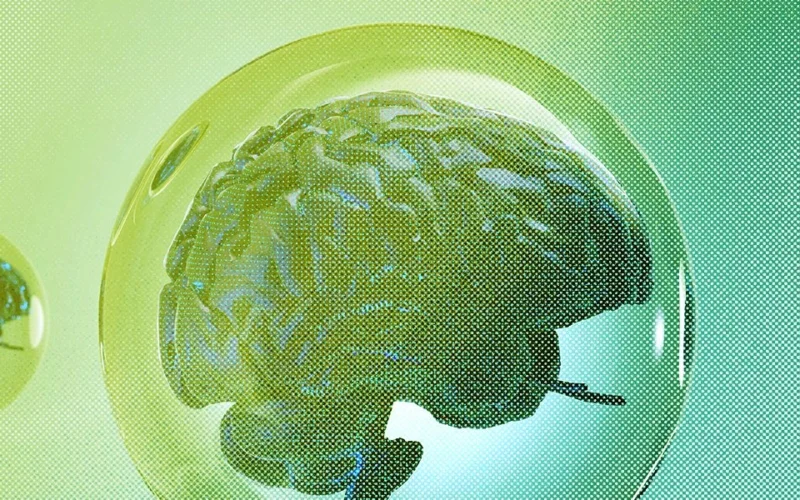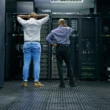Chatter about an AI bubble has been pervasive lately, especially as major tech companies like Google, Meta, and Microsoft ramp up their investments in AI for 2026. Recently, hosts Michael Calore and Lauren Goode welcomed Brian Merchant, a WIRED contributor and author, to discuss a historical framework he utilized to assess whether AI is indicative of an economic bubble—complete with the associated risks for consumers.
In the episode, Merchant outlines four key criteria used by researchers to identify tech bubbles throughout history:
-
Presence of Uncertainty: The uncertainty surrounding whether a new technology will be profitable is critical. Historical examples, such as the advent of electricity or radio, highlight how these innovations dazzled investors long before a clear business model emerged. Despite AI’s potential, many companies—95% of those using AI—report experiencing little to no financial return.
-
Number of Pure-Play Investments: These are companies wholly reliant on the success of a particular innovation. For instance, Nvidia has become a pure-play investment based on the necessity of its chips for AI applications. If the AI bubble bursts, companies like Nvidia could face significant setbacks.
-
Novice Investors: A bubble often expands when inexperienced investors flock to new technologies. With the rise of platforms like Robinhood, opportunities to invest in volatile stocks are more accessible than ever, as seen during the dot-com boom.
-
Alignment of Beliefs: A widespread belief among investors that a technology will be the future is prominent. Current narratives suggest AI will revolutionize numerous industries, from healthcare to climate control, enticing heavy financial backing.
As they dove deeper into each principle, Brian provided historical examples that underscore the patterns of investment and promise surrounding previous technological booms, stressing the critical role of uncertain profitability and how speculative excitement can overshadow clear economic indicators.
Currently, the stakes are notably high, with Nvidia representing about 8% of the U.S. stock market. Should the company falter, it could lead to broader economic impacts for everyday investors, particularly as interconnected investments grow more complex.
The episode concluded with a discussion about the unique and unprecedented landscape we find ourselves in today. Despite skepticism about the AI industry’s long-term viability, it’s clear that the accompanying infrastructure and technology won’t simply disappear, reminding listeners of the lasting effects and potential disparities in how innovations are harnessed and perceived.
For further insights, you can read about the four criteria for identifying a tech bubble explored in more depth here.
Additionally, for more analysis on the effects of the AI investment boom on the economy, check out the discussion on how AI infrastructure is shaping economic growth.











